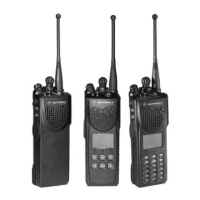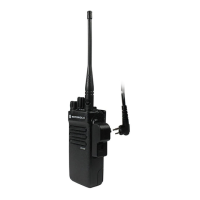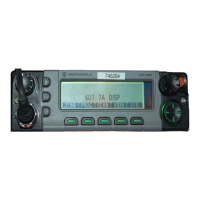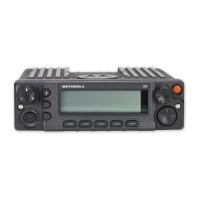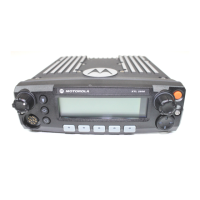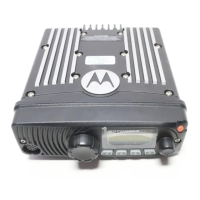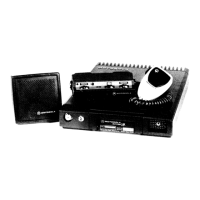MOTOROLA XTS 3000 RADIO TRAINING 3 of 12
III BATTERY
A. Batteries are Ni-Cad, or Nickel-Metal Hydride. Both are Good batteries
1. Motorola claims they have an 10-12 hour battery life.
2. Batteries are still prone to ‘memory’ buildup .
3. If the battery does not hold a full charge, return it to the Systems
Maintenance Section at SCC for replacement and/or reconditioning.
4. Typical battery life cycles are 12-18 months.
B. Why is the battery so large?
1. A battery designed and engineered to provide enough energy for a 5
watt portable radio is necessarily this size.
2. The longer battery life (per shift/cycle) the larger/heavier the battery.
C. Radio Battery Contacts
1. There are 4 small round brass plates on the back of the battery.
a. These plates are “Short-out” protected. Contact with a metal
object will not damage the battery.
2. There are 3 small slots on the front of the battery, with brass contacts
visible, protected by a plastic grid.
a. These are the Radio contacts.
b. There is no “short-out” protection on these contacts, and contact
with a metal object will damage the battery.
D. Release Button
1. There is a small button located on the bottom of the battery.
a. When the button is pushed, two small metal clips are raised,
and release the battery from the radio.
E. Battery Top Lip
1. There is a thin plastic lip along top of the battery.
a. This lip fits into a groove along the top of the radio. As the
battery is lowered, it locks into place.
IV “D-button”
A. Upon initial deployment, one “D” button is issued for each battery.
B. It fits into the standard Department belt-loop holder.
C. Available at Central Supply, part number; NTN9212A.
D. Must be removed and transferred from battery to battery if there is not enough
in inventory to put one on each battery.
E. The D-ring slides into the 2 parallel slots near the top of the battery back.
F. To remove the D-ring;
1. Hold the battery in your right hand, with your right thumb directly under
the D-ring.

